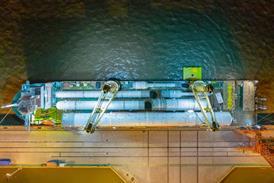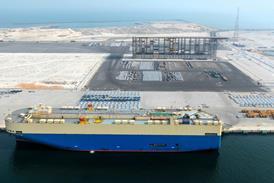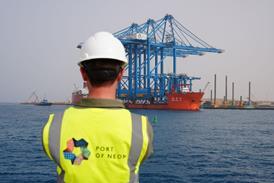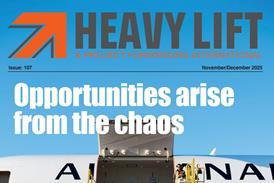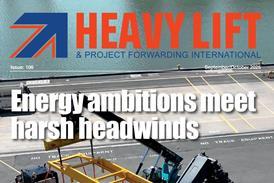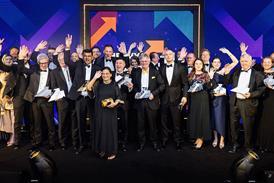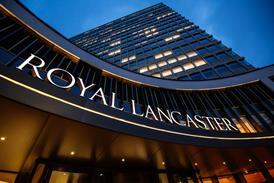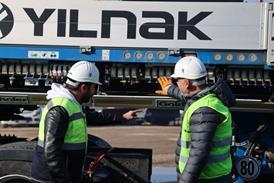Measured steps in the Middle East’s economic diversification

The Middle East’s primary generator of project logistics activity, the oil and gas sector, still commands the lion’s share of attention. Nevertheless, profits derived from fossil fuels are being funnelled into various markets, including transport infrastructure, civil construction and renewable energy. The pace of diversification may be gradual, but there is a tangible sense that the region is laying the groundwork for a more resilient future. Chris Lewis reports.
Keep up to date on the latest information on over-dimensional and heavy cargoes.

